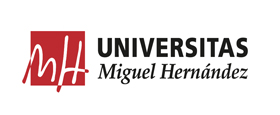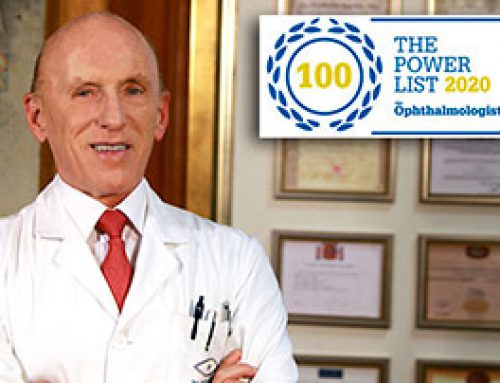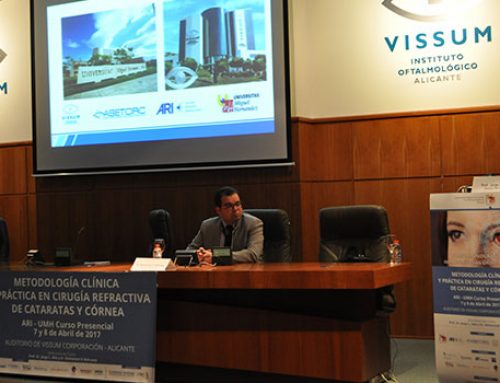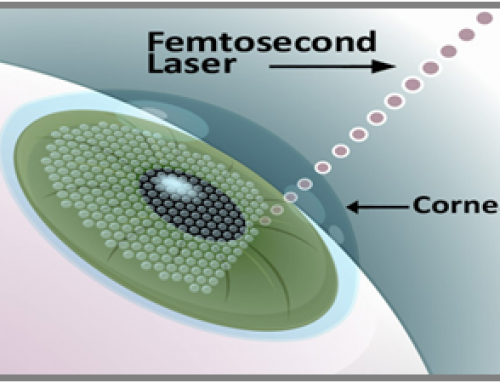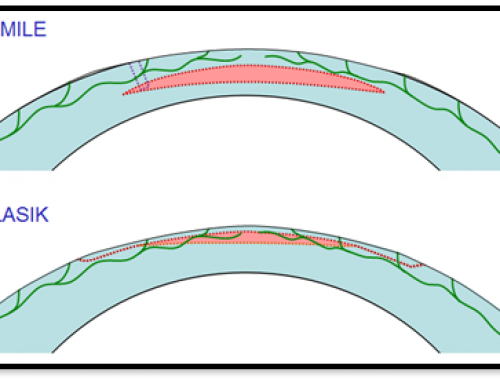Recently the scientific article published by Prof. Dr. Alió in the British Journal of Ophthalmology, entitled “Fifteen years follow-up of photorefractive keratectomy up to 10 D of myopia: outcomes and analysis of the refractive regression” has been included in the F1000Prime Recommended Badge.
In this research published in May 2016, the outcomes of photorefractive keratectomy (PRK) in patients with up to -10.00 diopters of myopia and -4.5 diopters of astigmatism were evaluated, developing a predictive model for the refractive changes in the long term. In the study, 33 eyes of 33 patients with an age range between 40 and 57 years were included. These patients were operated with VISX 20/20 excimer laser platform with optical zones of 6 mm, not reporting the use of Mitomycin C in any of these cases. After a minimum 15-year postoperative follow-up visual acuity, corneal topography and manifest refraction were evaluated. The authors determined that PRK is a safe refractive procedure in the long term within the range of myopia currently considered suitable for its use. Nevertheless, its effectiveness decreases with the time especially in high myopia, according to the obtained outcomes. Concretely, the model developed predicts a myopic regression of 2.00 diopters at 15 years for an ablation depth of 130 microns.
The results obtained in the investigation are considered by Prof. Dr. Burkhard Dick of the University of Bochum of special meaning in this field. Concretely, the recommendations of the F1000 Faculty Member can be consulting at the following link.
Bibliographic reference
Alio JL, Soria FA, Abbouda A, Peña-García P. Fifteen years follow-up of photorefractive keratectomy up to 10 D ofmyopia: outcomes and analysis of the refractive regression. Br J Ophthalmol. 2016 May;100(5):626-32.
